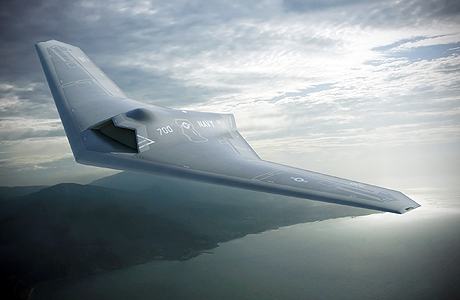A U.S. Navy document has revealed the requirements that would be the guideline for UCLASS (Unmanned Carrier Launched Airborne Surveillance and Strike) drone program.
Image Credit: Lockheed Martin
The key performance perimeters (KPPs) selected for the program, leaked to the press, are the operational range and maximum price.
UCLASS drones are to be introduced in the U.S. Navy by 2020. The contest for the drone is to be conducted in 2014. When it comes to KPP the minimum range of the drone is 600 Nautical Miles, and price per orbit has not to exceed $150 million. Keeping in mind that multiple UAS (Unmanned Aerial Systems) are required to keep a single orbit, this means that the flyaways cost includes the amount of drones needed to ensure the capability to patrol 600 miles away from a carrier in a 24 hour period; it does not mean a single drone will cost 150 million USD.
The UCLASS has to have ability to have operational radius of 1200 NM with aerial refueling.
Some more details about the UCLASS payload also have leaked: drones will have to be able to carry 1,360 kg of armament, one third to be air-to-ground weapons. 500 lbs JDAM bombs should constitute the basic munition for the drone.
Drones will be still just a complement for traditional manned aircraft, as the payload of UAS is much smaller than that of conventional fighters.
Obviously, there is still much to do when it comes use drones in combat. Or even in peacetime, as there is a large scope of problems involved in the issue of drones flying in the open airspace with civilian traffic.
Jacek Siminski for TheAviationist

















